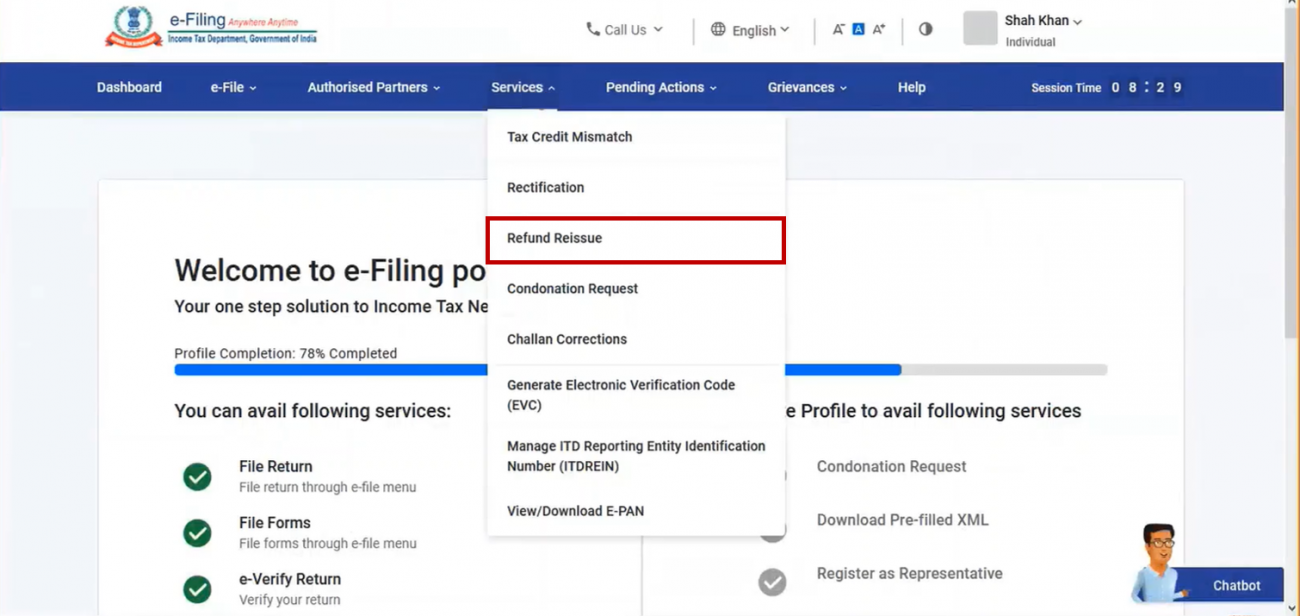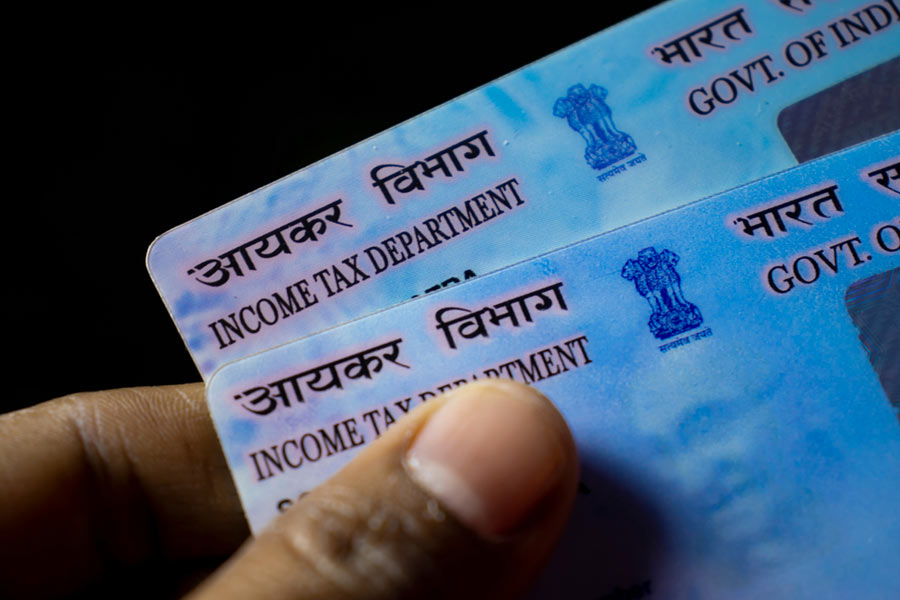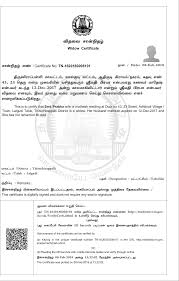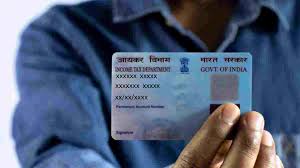Breach of Contract
A contract is an exceptionally important concept in the trade and commerce of any nation. It is a legal agreement between two or more parties mentioning certain obligations which apply to both of them during the contract. It helps improve the Gross domestic product (GDP) and overall growth of a country. Breach of contract means […]









